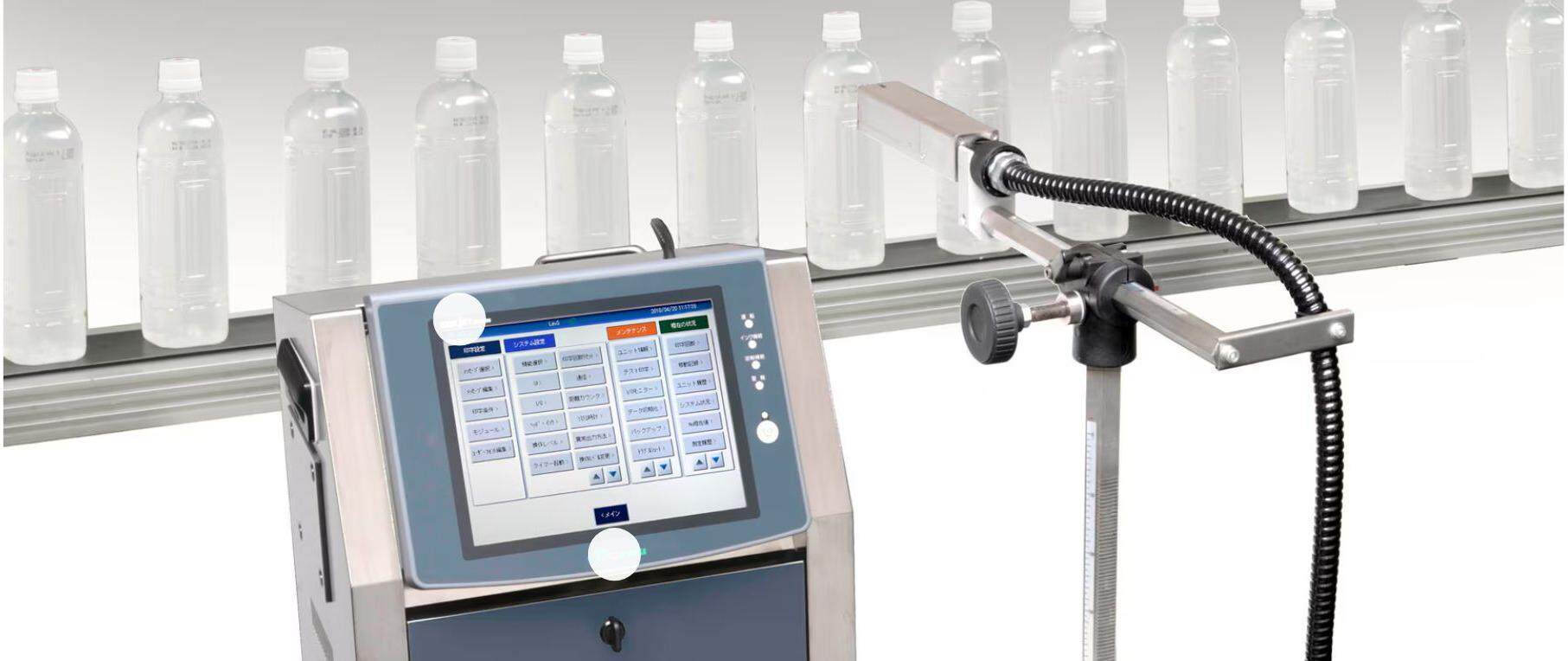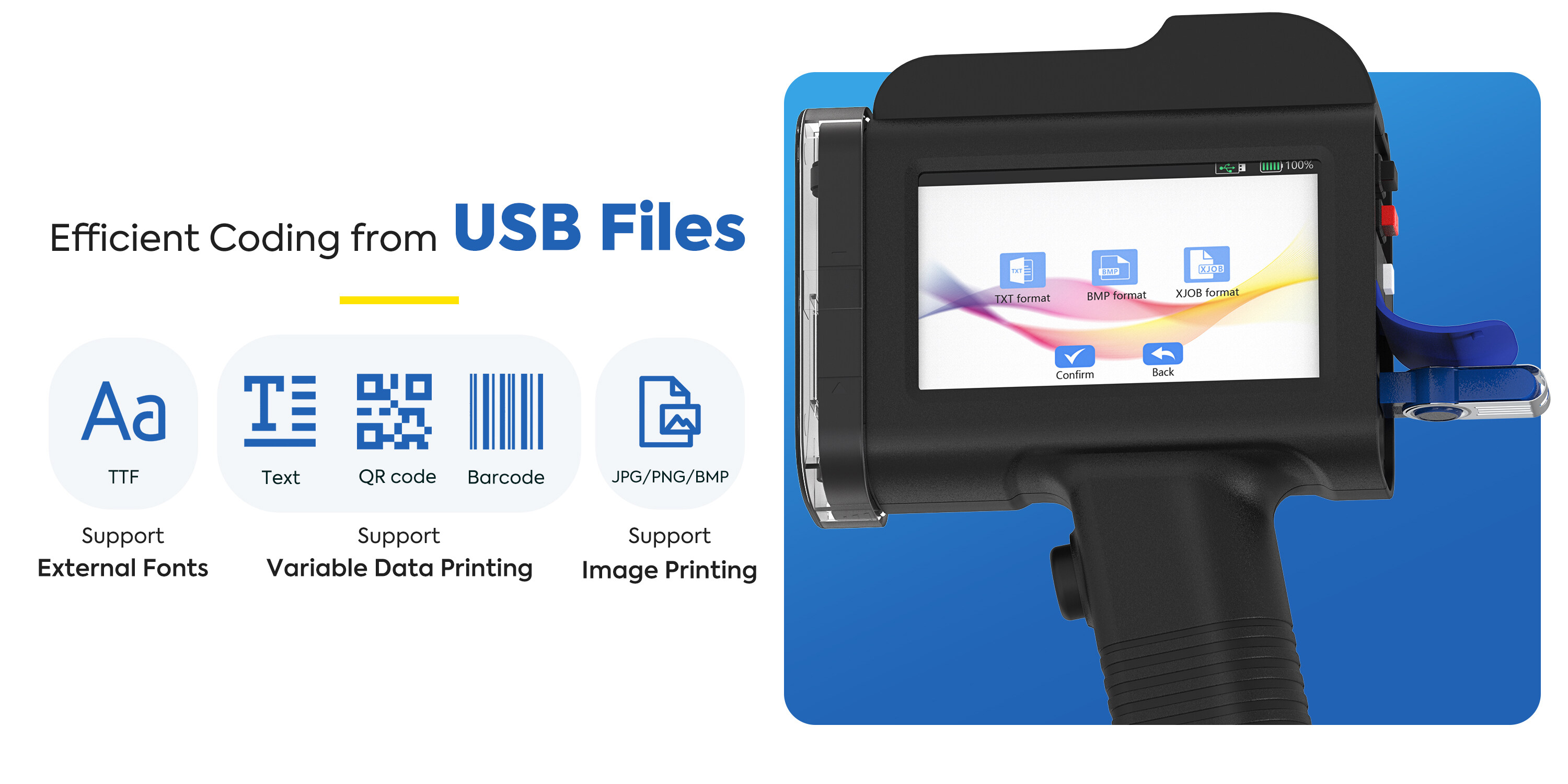A New Option for Variable Data Printing: Handheld Inkjet Printers
Thermal inkjet printing has become a preferred solution for businesses requiring fast, flexible, and high-resolution variable data printing. Compared to other technologies, thermal inkjet printers offer clean, sharp outputs with minimal maintenance and faster setup times. Among the available options, handheld inkjet printers are emerging as a powerful new solution for on-the-go, accurate variable data printing.
If you have read our article on how to choose right variable data printing type for your business, you'll know that both thermal inkjet and laser printing have their pros and cons. In this article, we'll dive deeper into the handheld option and why it's increasingly favored for specific use cases.
Types of Inkjet Printers for Variable Data Printing
Traditional Inkjet Printers
Variable data printing was once the exclusive domain of traditional inkjet printers. These machines are commonly used for high-speed printing applications in industries such as mailing, labeling, and packaging.

Pros and Cons
Pros:
- High-speed output for large print volumes
- Suitable for integration into production lines
- Offers consistent quality in controlled environments
Cons:
- Often bulky and fixed in place
- Requires regular maintenance and setup time
- Less flexible for small batches or remote locations
New Option: Handheld Inkjet Printers
Handheld inkjet printers are the new choice for businesses looking for portable and adaptable printing solutions. They use thermal inkjet technology to provide crisp, smudge-resistant prints on various surfaces.

Benefits of Using Handheld Inkjet Printer
- Portability: Print anywhere, anytime, without being tied to a production line
- Versatility: Suitable for porous and non-porous surfaces (wood, plastic, metal, etc.)
- Ease of Use: No warm-up time, simple UI, and quick cartridge replacement
- Cost-Effective: Ideal for small batches, no need for heavy machinery
- High Resolution: Up to 600 dpi for sharp barcodes, serial numbers, and QR codes
- Quick Setup: Perfect for dynamic or mobile workflows
Do You Need to Use it?
Handheld inkjet printers are particularly well-suited for industries that require on-demand, flexible printing solutions:
- Manufacturing: Lot numbers, product codes, and batch marking
- Logistics & Warehousing: Real-time barcode and address printing
- Construction: Marking pipes, beams, or cement bags directly on site
- Retail & E-commerce: Customizing packaging with promotional or tracking codes
- Food & Beverage: Expiration dates and compliance labels on the production line
In Conclusion
While traditional inkjet printers still serve well in high-volume, centralized printing operations, handheld inkjet printers offer unmatched flexibility and ease of use for variable data printing in mobile or small-scale environments. They are an ideal complement or alternative, depending on your production needs. If you're looking to streamline your operations with portable, high-performance printing, handheld inkjet printers could be your next best investment.
Ask Question
No questions and answers

